-
Term: ISO
Description: ISO, which stands for International Standards Organization, is the sensitivity to light as pertains to either film or a digital sensor. ISO is one of the three legs of the exposure triangle used to make sense of what goes into determining an exposure. The other two legs are aperture and shutter speed. A lower ISO number means less sensitivity, and a higher ISO number means more sensitivity. Film has a single ISO rating, meaning that if you put a roll of ISO 400 film in a camera, you will be shooting at ISO 400 for the entire roll. Digital sensors can be set to various ISO speeds depending on camera model. For example, a Canon 5D Mark IV’s native (not including expanded ISO) ISO range is ISO 100 - 32,000. One stop of light, in terms of ISO, is equal to either double, or half, the current number. For example, IS0 100 is 1 stop darker than ISO 200, while ISO 400 is one stop brighter than ISO 200.
ISO
The International Organization for Standardization
The acronym ISO itself is a reference to the International Organization for Standardization. However this organization does far more than define camera sensitivities, it promotes universal standards for measurements of all different types, on an international level.
Fun fact: Instead of calling themselves the IOS, the title “ISO” is in reference to isos, (ίσος) which means “equal”.
Previously, film sensitivity was also measured a similar way by another organization, the ASA or American Standards Association. This has been superseded by ISO in modern times, but the measurement itself and the scale remain effectively the same.
Film ISO vs. Digital ISO
For film photography, ISO or ASA (American Standards Associations) speed refers to the film speed of the film roll. Typically, when you are shooting outdoors on a sunny day, you will be using an ISO100 or ISO200 film. If you’re shooting indoors, you would probably switch to an ISO800 film or faster. What’s hard, of course, is if you have to go from an outdoor to indoor location quickly, because that usually means that you would either have to change the roll of film or compensate with your aperture or shutter speed.

Great thing about digital photography is that you can change your ISO speed on the fly, making it easy to transition between exterior and interior shots. On top of that, you can actually view on the LCD screen how your image looks in that particular ISO.
How ISO Affects Image Quality and Noise
In both film and digital photography, the higher the ISO, the more grain you’ll have in the image. In digital photography, noise is the by-product of the increased electric charge needed to make the sensor more sensitive to light and looks like speckles on the image. The consequence of more noise, however, is a rougher-looking image and a decrease in image quality.
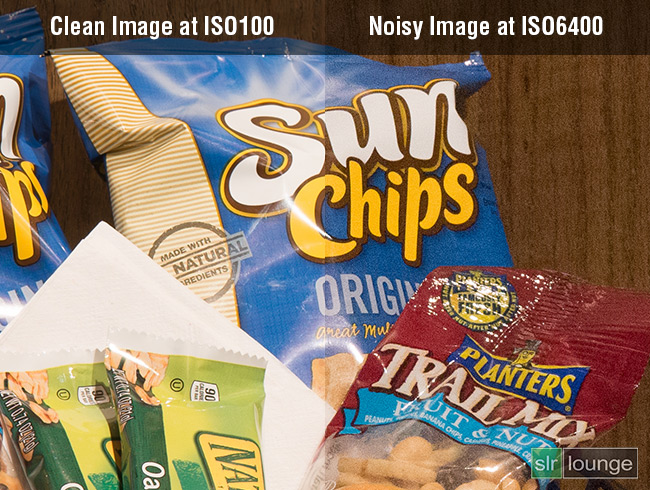
Luminance Noise vs Chroma Noise
There are two types of noise, luminance noise, and chroma noise. Luminance noise retains much of the original color because this type of noise only affects the brightness of the pixels. Chroma noise, on the other hand, looks like colored speckles or grain, and is largely unattractive. This is because the noise is affecting the color of the pixels rather than just the brightness of the pixels. Luckily, post-processing software like Lightroom does a good job in minimizing chroma noise.

Different cameras have different thresholds on when this noise starts to degrade the image quality. This is known as the signal-to-noise ratio. There are several factors that determine signal-to-noise ratio. Aside from the processor of the camera, the megapixel count and the size of the sensor play a role in how well a camera can minimize noise.
How a Camera’s Megapixels and Sensor Size Affects ISO
The size of the sensor and the amount of pixels on that sensor directly affects the potential amount of noise that can occur when you are shooting at higher ISOs. Imagine that a sensor is like a swimming pool and the pixels are the amount of beach balls that can float in that pool. If you only have 100 balls, you can fit larger size balls in the pool. If you want to fit 1,000 balls, you would either have to have a larger swimming pool or use smaller balls. That is essentially the same relationship with pixel count and sensor size.
A sensor is made up of millions of tiny light-gathering receptors called pixels. One megapixel (MP) consists of one million pixels. If you have two same size sensors and one has 12MP and the other has 24MP, the 12MP sensor can have larger pixels than the 24MP sensor. The larger the pixel size, the better that pixel is in gathering light, just like the larger the beach ball, the more air it can hold. If you want to increase the number of pixels from 12MP to 24MP without decreasing the pixel size, then you would have to increase the physical sensor size. This is like having a larger swimming pool to hold more beach balls without decreasing the size of the balls. The size of the pixel in relation to the sensor size is known as the pixel pitch and is measured in microns.
So as you increase your ISO, you will start to get noise at a lower ISOs with a compact camera than with a larger sensor DSLR. A compact camera image can look noisy at ISO800, whereas a full-frame DSLR image can have little to no noise all the way up to ISO3200.
Recommended ISO for Different Scenarios
Here are some recommendations of what ISO to use in different lighting conditions.
• Outdoors with sunny skies: ISO 100-200
• Outdoors with overcast, sunrise and sunset: ISO 200-400
• Well lit interior: ISO 400-800
• Semi-lit interior: ISO 800-1600
• Nightime exterior or dimly lit interior: ISO 1600-6400
• Indoor or nighttime sports: ISO 1600-8000
The other factors that will determine which ISO to use is what shutter speed and aperture combination that you want to use. If you are shooting fast moving subjects that require a fast shutter speed of 1/500th sec or faster, you have to compensate for exposure by either opening up your aperture or increasing your ISO. Using a lens that is “fast” or has a large maximum aperture like f/1.8 allows you to shoot in a lower ISO as opposed to if you are using a lens with a maximum aperture of f/2.8.
Sometimes, you have no choice but to increase the ISO. This is particularly true for shooting events like a wedding reception where you want to have a fast enough shutter speed to make sure your subjects are not blurry.
Additionally, if you want to use a smaller aperture, like f/16, to increase the depth of field for landscape photography, you also have to compensate for exposure by either using a slower shutter speed or increasing your ISO.
Now, if you place your camera on a tripod and you’re shooting landscape or the city skyline, then you can shoot during the day or night without having to change your ISO. All you have to do is slow down your shutter speed until you have the correct exposure.
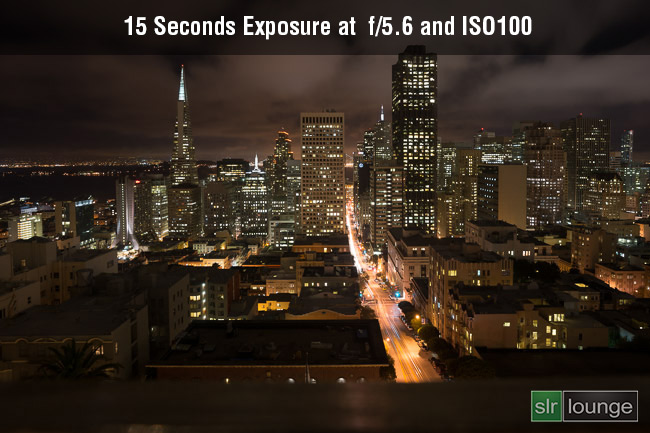
How Exactly Is ISO Measured?
The way ISO is measured, by the International Organization for Standardization itself, (ISO 12232:2006) is simply a specific level of brightness or exposure.
This brightness level is, visually, 18% grey. Does this mean that ISO 100, 200, 400, and others all corresponds to fixed brightness levels, such as lumens or EV? Unfortunately the answer is NO, in the real world. In every manner that ISO is referenced on charts and graphs, it is simply used as a corresponding brightness based on your shutter speed and aperture.
For example: ISO 100, 1 second, and f/1.0 correspond to the fixed brightness “EV 0”. However, that same brightness level could also be achieved at ISO 200, 1/2 second, and f/1.0, or ISO 400, 1/4 second, and f/1.0. Or you could change both your aperture and your shutter speed at the same time, and use any ISO setting you desire, yet still be able to arrive at the same final EV brightness of 18% grey.
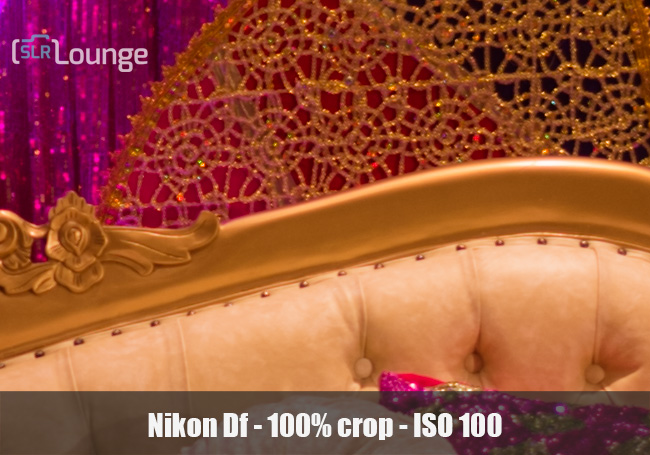
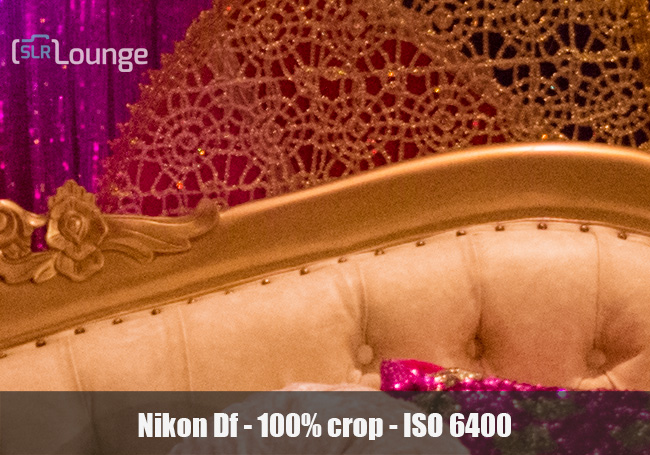
Common Misconceptions and FAQs about ISO
Are higher digital ISOs actually more sensitive?
One common mistake that photographers make is how they describe the way ISO works on digital cameras. For example, when the ISO is raised from 100 to 200, that sensor is not actually becoming more sensitive to light. In other words, it is not actually collecting more photons than it was before. The sensor is collecting photons the same way, however it is amplifying the signal that these photons are creating on the sensor. This does not mean that shooting at higher ISOs is pointless, of course, for numerous reasons. For more information, see the High ISO Definition.
Actual ISO versus stated ISO
In theory, on all camera sensors, as well as all films, ISO settings should be exactly the same. Each camera that uses ISO 100, for example, should receive exactly the same brightness of exposure. (Assuming identical shutter speeds and apertures.)
Unfortunately, not all camera sensors achieve such precision, and some digital cameras are actually slightly more sensitive or less sensitive to light. In other words, ISO 400 may actually behave like ISO 300 on a certain camera, for example. Generally speaking these discrepancies are no larger than 1/3 or 1/5 of a stop or EV, however.
Conclusion
So to recap, the ISO rating refers to the light sensitivity rating of a sensor. The rule of thumb is to shoot at the lowest ISO possible given the lighting condition and shutter speed/aperture combination that you are using. The higher the ISO, the more noise creeps into your images, so if you can get away with using a lower ISO, then do so.
Sensor size and megapixel count also affects how soon noise will start to creep into an image as you increase the ISO. A 12MP compact-camera sensor will be a lot noisier at ISO1000 than a 24MP full-frame sensor. Typically, a higher-end camera does a better job in controlling noise at the higher ISO range than a lower-end camera.
Finally, it’s important that, although you may have to use a higher ISO to get a shot in low-light, it is better to use that higher ISO and have more noise than to not get the shot at all or to have too much motion blur from too slow of a shutter speed.
Exercise | Understanding ISO

Take an image at your camera’s lowest ISO and another image with the same composition at your camera’s highest ISO, changing only the shutter speed to keep the exposures the exact same.
Notice the difference in image quality between the two images. If you can’t see the difference in-camera, import your images to your computer and look at them side-by-side.
Related Articles to ISO Definition
How to Level Up Your Action Photography
Learn to avoid “walk up” shots and then follow this artistic process for finding better picture angles!
Cloudy Day Photography | How to Get Great Pictures with Overcast Skies
Check out these ten cloudy day photography tips for getting great pictures in less-than-ideal weather.
A-Z Guide to Newborn Photos at Home
Welcoming a newborn into the family is a momentous occasion. Those initial days when babies have their unique newborn look…
Learn How to Photograph Lightning with These 7 Essential Tips
Trying to photograph lightning can be a challenge, but the images you get will be very rewarding. No two lightning…
Inspirational Macro Flower Photography Portraits + Tips
Up for a challenge? Try to NOT be inspired by these macro flower photos.
How to Become a Sports Photographer
Sports photography is an exciting and fast-paced field that offers many opportunities for photographers to capture dynamic images of athletes…
Creative Photography Ideas | How to Shoot “Water Hats” on the Cheap!
Here’s a fun & affordable creative photography idea that’s perfect for shooting in midday sun.
Long Exposure Phone Photography Tip! From Shoot to Post
It’s a matter of focusing on the creative process, not the gear. Follow along as we capture and edit a long exposure image – all on an iPhone 11 Pro.

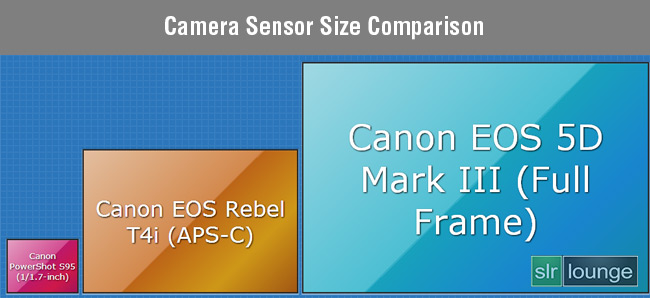



Get Connected!